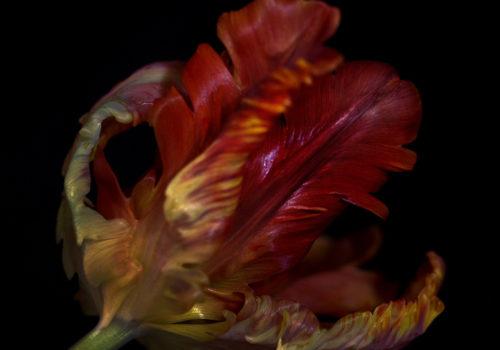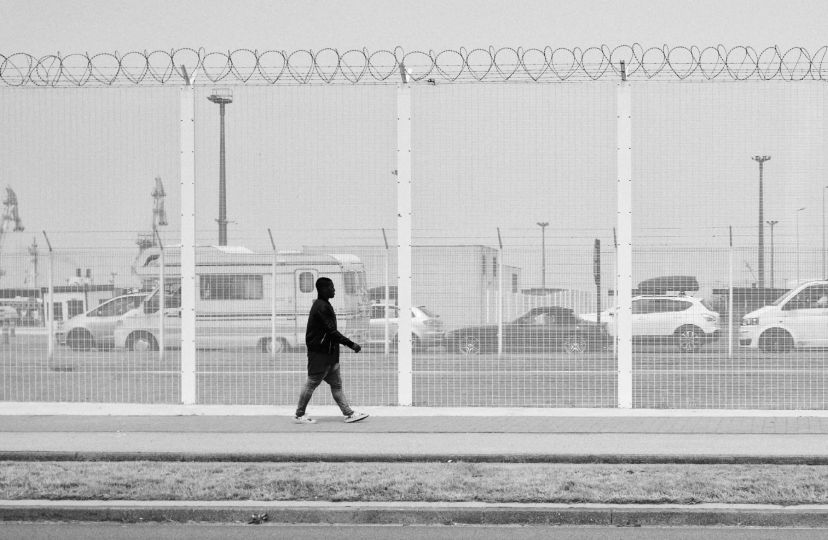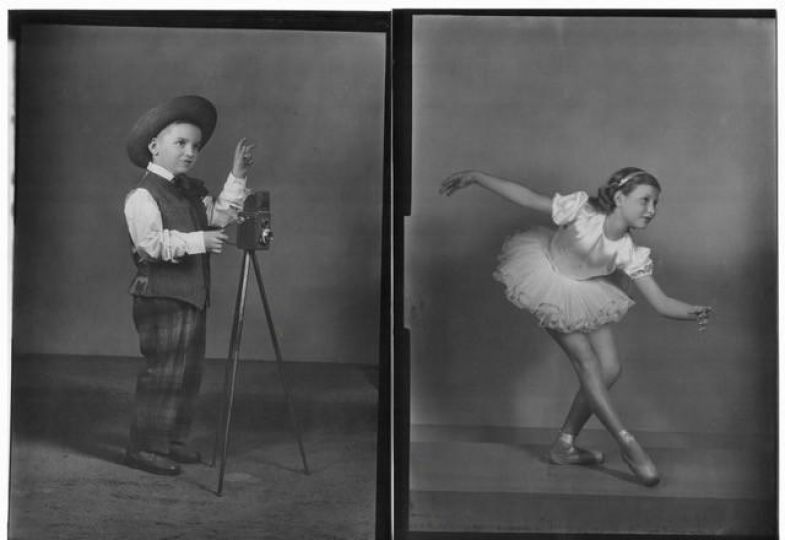Thierry Maindrault’s Monthly Chronicle
“…the photographer’s original works, like those of other photographers, are entitled to copyright protection, even against famous artists. »
This statement by Judge Sonia Sotomayor, judge at the Supreme Court of the United States of America, taken up by a multitude of media around the world, is unequivocal. It is clear, after an earlier decision of the French Court of Cassation (Hoirie case of Jean François Bauret against Jeff Koons), then this decision of the American Supreme Court (Judgment Lynn Goldsmith against the Andy Warhol Foundation) that the relationship between the rights of authors and the use of artworks are now legally binding.
Small booster shot, not useless, given what I hear regularly. Intellectual productions that materialize materially, in unitary or multiple ways, are protected by society in two ways.
In priority the moral rights, so often neglected by the authors and flouted by users, a minima uneducated, and beyond crooks. These rights are inalienable and without any time limit. Throughout his life, an author can refuse the various uses offered to him for his artwork (with or without transformation). All his life the author remains the only possible and unavoidable decision maker. At his death, the moral rights go to the heirs and other rights holders, who over time can replace various groups defending the posthumous and supposed wishes of the author. This move towards a collective “moral” defense usually occurs when works enter the public domain.
The second part of the protection recognized by many Laws, throughout the World, concerns the varied material uses that are made from the work. If the author gives various authorizations for reproductions, publications, commercial uses of his artworks, he can derive, even demand, profits. This is the long list of economic rights negotiable with users, depending on the uses that will be made of the work. Thus, for a photograph, whether it is a wall poster, the illustration of a book, an advertisement or other uses, the user will have to remunerate the author according to an agreement passed between them. It should be noted that certain services on photographic artworks are subject to prices (issued by professional chambers or specialized unions) which are often taken up by the courts, which are called upon to settle a dispute on the subject. These rights are considered intangible heritage assets that are negotiable and can be transferred, totally or partially, by the author. They are also part of estates, like all other properties of the author.
These rights are limited in time, many laws make them obsolete seventy years after the death of the author. The artworks, if any remain, then fall into the public domain. It is possible for everyone to use them and share them with as many people as possible, provided they do not distort the spirit of the work intended by its creator. There, it’s a whole different story!
The hiatus insinuates itself slyly when an author, or pseudo-authors (even if he has made himself famous through communicative excesses), seizes a work, with or without modification, to claim his own copyright. Apart from the fact that this operation is often done underhandedly and behind the back of the original author (how can these people assume a title of creators), they try to seize all the rights with the related economic impact economic.
There are many of these looting which have certainly already existed in history, (the History of Art in particular). These so-called virtuous borrowings have become multitudes with the evolution of technologies; however, they remain symbols of the loss of all moral worth and focus on money.
You must not tell me preposterous stories; if you are a creator, you don’t need to go and steal or incorporate the work of others into your personal artworks.
“…however famous…” Judge Sonia Sotomayor wrote. She is absolutely right! Was Mr. Andy Warhol unable to take a proper photograph to enable him to print his die-cut serigraphs? Was Mr. Jeff Koons unable to find inspiration and a proper model without stealing someone else’s subject and photography?
I wonder how these characters who are looking to be adored by the crowds can get to this point? Except to admit that the time they devote to social events (scandalous if possible) and to the media forbids them to think and achieve for themselves. It is so, with all the little hands that are busy for them, without even realizing the blunders, when they are not unacceptable criminal acts, the Masters dare.
It is good to note that an artwork of the mind, in which a share of creativity is recognized, is always protected in the sense of intellectual property. Its original author can still claim all copyrights attached. The same author having the reciprocal duties not to use the properties of another (colleague or unknown) without the absolute respect of the same obligations.
After this good legal news, we could imagine that the community of creators, in particular photographic ones, would be able to take a breather and take their destiny into their own hands.
Unfortunately, I suspect that will not really be the case. Because the cases mentioned come from a time – already distant – when the madness of the internet was not yet concerned. The time has come when billions of documents (including billions of photographs) travel through tangles of heterogeneous channels between thousands of enormous data centers.
Each new and wrong author of these fabulous, tasteless creations earnestly claims the status of a creator. It is not sure that many have understood that their virtual displays of wonders have become accessible to all. Especially to the ill-intentioned characters and to these new kind of software which make, undo and redo all these new promptographic images.
Starting tomorrow, protecting our rights and recovering our remuneration risk being – again – a completely different challenge.
Thierry Maindrault, June 08, 2023
your comments about this chronicle and its photography are always welcome at
[email protected]
















